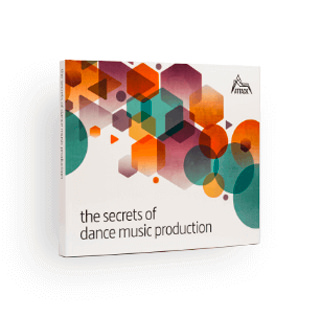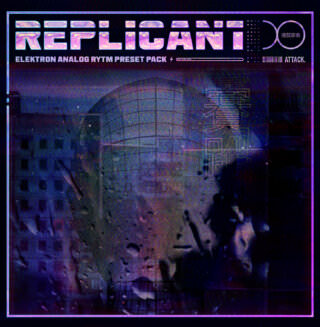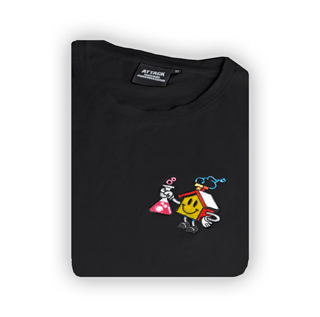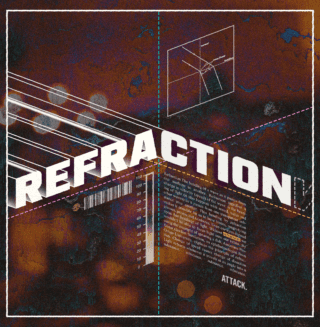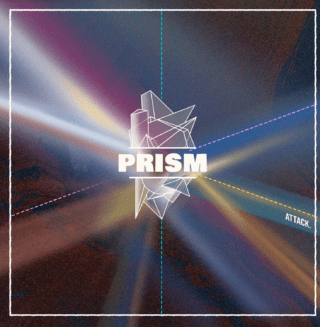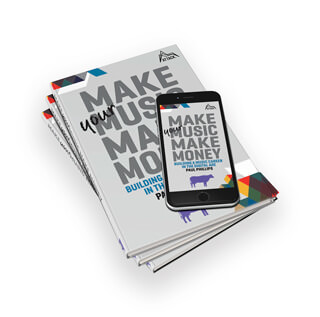Berlin’s biggest synth fest came back swinging. We cut through the wires to give you the biggest takeaways.
The Great Outdoors
The FEZ complex that Superbooth calls home lies well outside Berlin’s center. Arriving by bus, train, or boat, a lengthy walk through the tranquil surroundings of Wuhlheide Park is required to arrive on site.
As a residual pandemic safety measure, a bulk of the exhibitors were set up in tents outside the main complex. Scattered throughout the idyllic forest terrain, the outdoor layout led to a welcoming festival atmosphere.
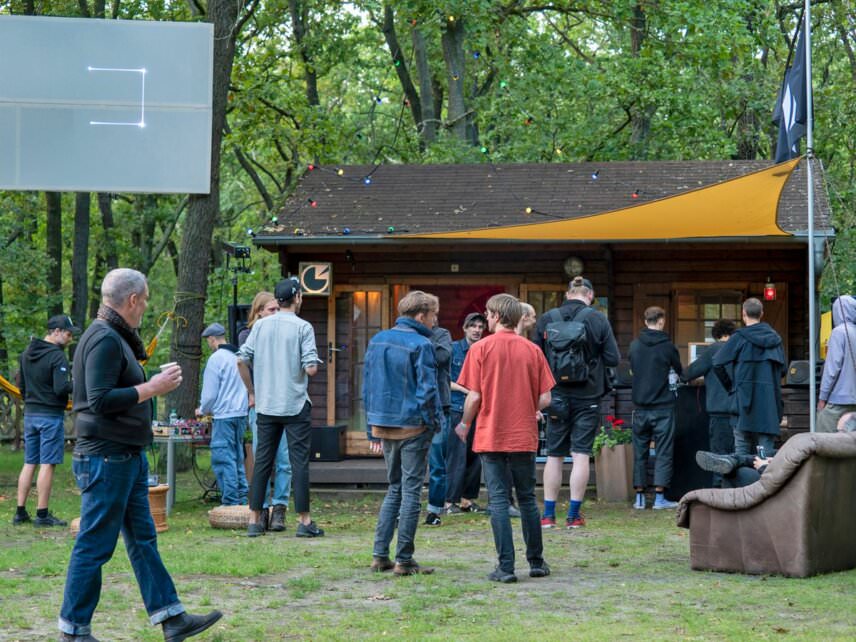
Pleasant spring weather certainly helped, as it could just as easily have been a rather miserable experience under the cold, rainy conditions Germany’s capitol city often offers. But with the sun shining, walking paths from tent to tent and playing synths in the open-air elevated the atmosphere of this annual gathering of studio-lovers beyond a mere trade show.
We started our Superbooth experience with the hugely impressive Modular Synthesizer Ensemble who kicked proceedings off in the auditorium. After our lunchtime modular feast, we were inspired to check out the gear.
Sequencers Galore
It’s easy to get carried away by the abundant noisemakers, oscillators, and filters at Superbooth. But going by some of the most hyped new products at this year’s event, there seems to be a renewed demand for inventive ways to program the music that powers them. Powerful controller hubs that encourage electronic musicians to go fully DAW-less while retaining intricate control were a notable trend.
Squarp’s Hapax fits squarely in this category, with 128 MPE-compatible RGB-backlit pads and two LED screens to load and seamlessly combine two projects at once. With a wealth of MIDI, CV, and USB ports, it’s built for expansive connectivity regardless what sort of kit you intend it to drive. The sequencing itself offers an incredible amount of flexibility, with everything from MIDI effects, extensive randomization, and even per-track BPM.
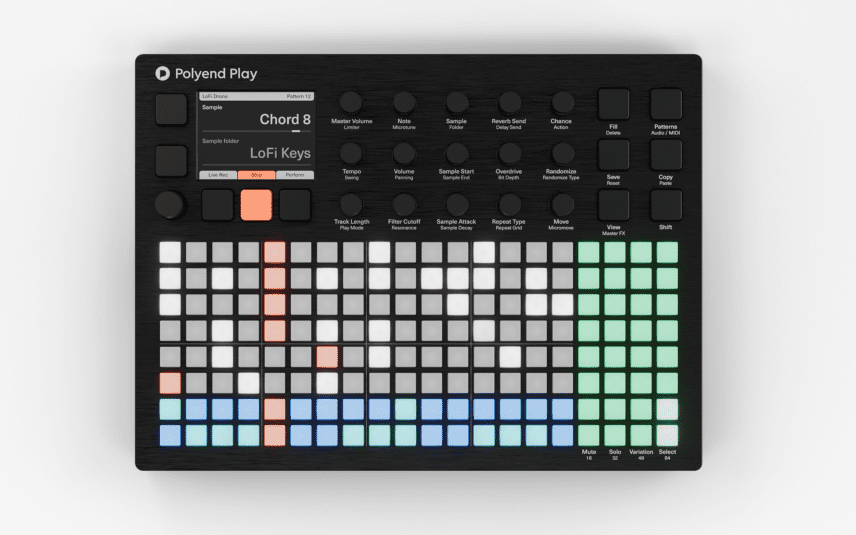
Similarly harnessing 128 backlit pads, Polyend’s Play takes a groovebox approach by combining powerful sequencing features with built-in sampling capabilities. The unique Smart Fill feature automatically injects suitable patterns into empty sections of any track, with a variety of polymetric length, swing, BPM shifting, and probabilistic controls on a per-track basis. It’s MIDI-only with no CV in or out, but the inclusion of ample sampling capabilities and multiple onboard effects provides plenty of additional flexibility while differentiating it more than sufficiently from Squarp’s cosmetically similar offering.
Also providing new sequencing approaches – along with a novel note-input method – is Eventide’s latest Eurorack unit: Misha. This clock dividing tone row sequencer offers plenty of new ways to move notes in a pattern, but the multi-button interval-based note entry provides a fresh approach to melodic composition. Optionally conforming to a selection of built-in scales, the interval buttons pull notes up or down at specified intervals within that scale, allowing for blistering note runs or bouncing phrases. It may be a bit tricky to get the hang of at first, but it’s rare to get a completely fresh approach to 12-tone harmonic relationships, and the effort is surely worth it. An LED display and backlit buttons provide welcome feedback, while plenty of CV, MIDI, and USB connectivity make it a potent Eurorack sequencing hub.
Powerful controller hubs that encourage electronic musicians to go fully DAW-less while retaining intricate control were a notable trend.
Escape The Box
Naturally, analog synthesizers and Eurorack specialities dominate the discourse at Superbooth, but there’s plenty of innovation in the realm of pocket-sized, portable fun in digital flavors too. Take, for example: 1010 Music’s nanoseries – specifically their Lemondrop granular synth, which joins their Fireball polyphonic wavetable synth with a micro-sized, travel-friendly form factor. The two knobs and four buttons might seem overly limiting at first, but the touchscreen allows for powerful control of a full complement of parameters. MIDI, USB, and audio connections ensure they integrate with your rig.
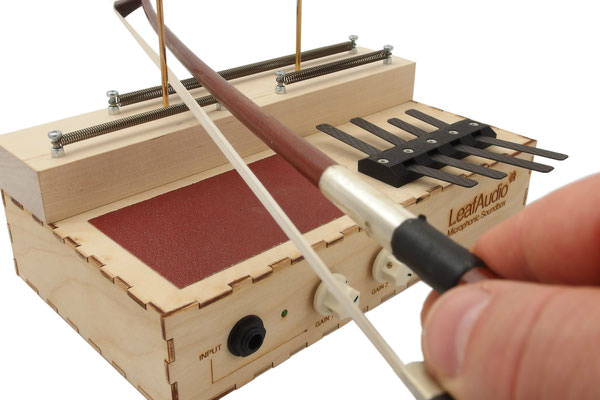
Even further outside the box are Leaf Audio’s notable series of inventive contraptions designed to help escape the tyranny of typical production techniques. Their latest Mircophonic Soundbox contains piezo microphones in a wooden enclosure with adjustable marimbas, springs, bowed metal antennas, and an amplifcation area to mic up anything that makes sound, providing instant access to inspiration beyond the realm of conventional synthesis. However, their new Drone Synth offers two pairs of syncable oscillators with a dual-shelving filter and mix balance to drive sustained, richly harmonic textures from a deliberately limited interface.
Big Tickets
Oberheim is back, in a big way. Their fully analog OB-X8 delivers all the classic Oberheim features and beloved, recognizable sound in a modern package with full MIDI implementation, 600 preset slots, USB connectivity, new filter modes, aftertouch, cross-modulation, enhanced unison mode, stereo width improvements, and a vintage knob for custom drift. The sumptuous sound from this meticulous update seems to deserve all the hype.
Similarly resurrected and redesigned due to supply chain issues, Erica Synth’s Syntrix II improves on the original design by combining powerful analog oscillators and filters with digital effects for a fantastically filthy sound. Accelerated flexibility comes by way of a joystick-operated modulation matrix. It may not be modular, but it seems nearly every element can be routed anywhere you like. Better yet, the modulation grid doubles as a sequencing interface – with full joystick control, of course.
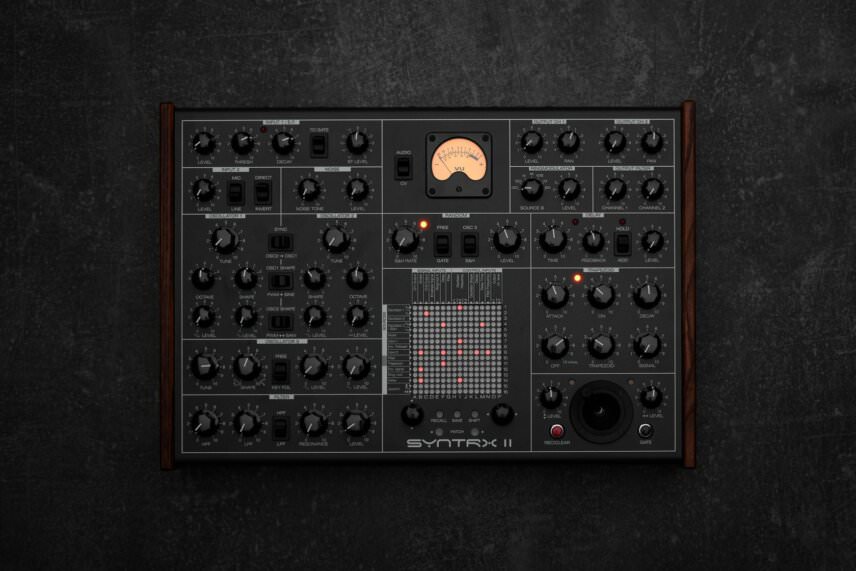
In the signal processing realm, FreqPort’s unique FT-1 seamlessly inserts actual tubes into your DAW with a full recall plug-in and custom controller interface that contains the tubes, piping signal in and back out with minimal latency. For mixing, mastering, or creative pursuits, if you need to warm up and saturate your sound, there might not be a more authentic way to do so without investing thousands in a rack – which is great if you can afford it, but arguably far less convenient without digital integration.
Oberheim is back, in a big way.
Worthy Mentions
Roland, Korg, Novation, Elektron (with their wonderful Syntakt unit), Ableton, Arturia (occupying a futuristic bus right out of Star Wars), Teenage Engineering (clad in cleverly interchangeable uniforms), Bitwig (on a magical carpet of sorts), and all the other usual suspects were on site in fine form alongside the burgeoning modular market.
Here are a few last unique bits that seem to have flown under the radar.
Percussa’s new firmware adds powerful new features to their existing modular programming hub, making it well worth a look for studios and performers alike.
Modal Electronics’ latest Cobalt and Argon models make their lush digital synthesis more portable than ever without sacrificing impressive build quality.
Audiowerkstatt’s portable sequencing tools are both attractive and fun, providing an intuitive interface for producers on the move.
And Adam Audio’s new flagship A8H may just be their most convincing monitor yet, adding superlative depth and clarity with a dedicated mid-range horn alongside the customary 8-inch woofer and trademark ribbon tweeter.
Berlin Is Back
With improvements to their expanded outdoor daytime set-up and night time Superbooth events throughout the city, it’s clear Berlin is back to life, providing the perfect backdrop for this annual meeting of the minds (and oscillators). Here’s hoping it stays that way – and the weather cooperates – for 2023.

